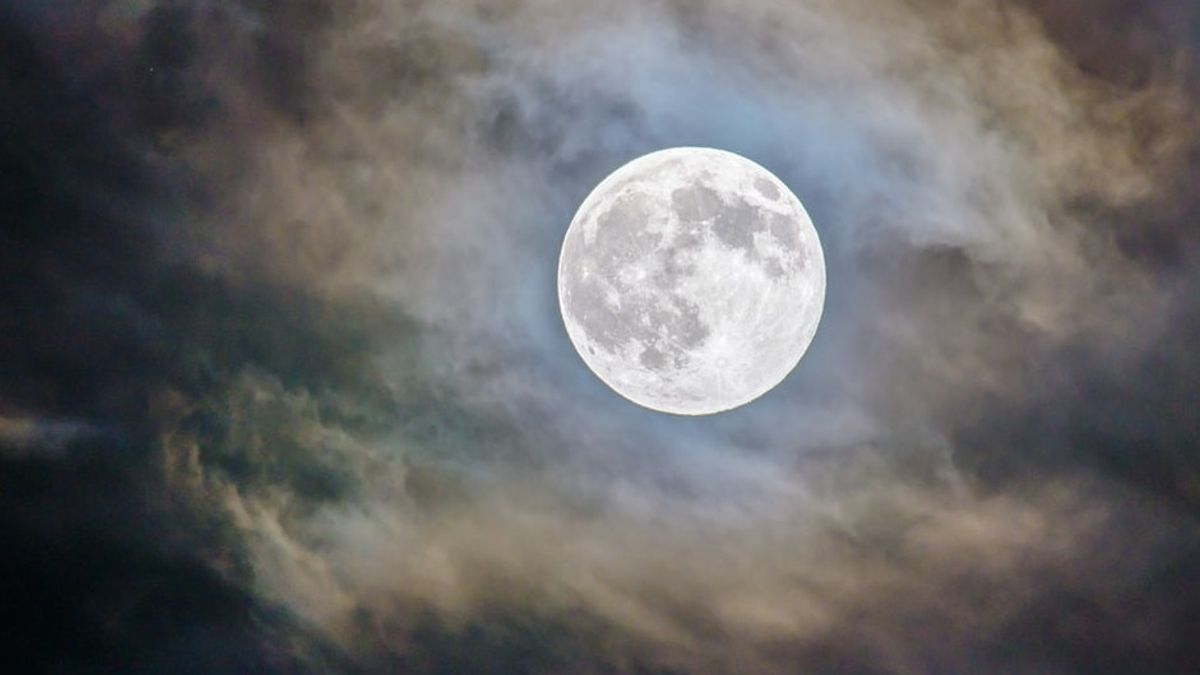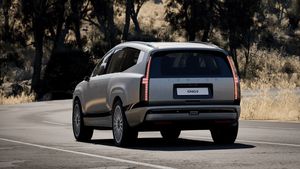JAKARTA - China claims that a piece of space debris that will hit the Moon did not come from one of the rocket missions on the country's lunar mission, as astronomers tracking the object believe.
However, it is possible that China may have confused the mission of where the debris came from, as most of the evidence suggests it was an ancient Chinese rocket.
This “cursed” space object has received quite a bit of attention over the past few weeks. It started when astronomer and space tracker Bill Gray first predicted that an object would hit the Moon on March 4 after years of orbiting the Earth.
At first, Gray thought the object was a remnant of the SpaceX Falcon 9 rocket that launched a satellite for the National Oceanic and Atmospheric Administration in 2015. But after some follow-up analysis, Gray claimed that he was wrong and that the debris was actually an old rocket stage that was left over. from the China Chang'e 5-T1 mission from 2014, which tested the technology needed to bring samples back from the Moon.
Gray's conclusion that the object was a Chinese rocket has been supported by analysis from NASA's Jet Propulsion Laboratory and by a team at the University of Arizona. But China is now officially weighing the issue and potentially debating the claims of American astronomers.
"According to China's monitoring, the upper stage of the Chang'e-5 rocket mission has safely fallen through the Earth's atmosphere and burned to the ground," Chinese Foreign Ministry spokesman Wang Wenbin said at a press conference on Monday, February 21. The statement was first reported. by Space News which was later quoted by The Verge.
In particular, Wang said that the rocket from the Chang'e-5 mission burned up in Earth's atmosphere, according to a transcript of the conference. But Gray and other experts claim that the rocket came from the Chang'e 5-T1 mission, which was a separate flight. Chang'e 5-T1 was the precursor mission to Chang'e-5, which didn't launch until 2020. The thrusters from that mission actually fell back to Earth and burned up in the atmosphere, according to a new blog post by Gray.
As for the thrusters of the Chang'e 5-T1, Space News notes that the 18th Space Control Squadron - which is responsible for tracking space debris - said on its tracking site that it burned up in Earth's atmosphere in October 2015.
But Gray has provided an explanation for the discrepancy as well. Apparently, 18SPCS only provided one update to the rocket's trajectory shortly after mission launch and never again. That means the "conclusion" that the rocket caught fire is likely a prediction based on that one update, Gray said.
“If that's all they have to work on, then the re-entry date is predictable a year in advance and doesn't really mean much. (Like trying to predict the weather a year in advance)," Gray wrote in his blog post.
Gray said he had been wondering if there might be another large object going up with the Chang'e 5-T1 mission, and that the second object was causing all this fuss right now. However, such a mysterious second object was not cataloged.
He also said that after asking around, it seemed unlikely that any other object could explain what they saw. "It would be very surprising if there were two objects of that size that we tracked [a Chinese rocket]," Gray told The Verge. "So whoever says that this isn't the top stage, has a pretty big mountain of evidence to deal with at this point."
So all signs seem to point to a rocket coming from China. For Gray, all this confusion shows that better tracking of space junk is urgently needed. Official tracking entities like 18SPCS are really more focused on tracking debris in lower orbits around Earth, as they pose a significant risk to the satellites and other assets we rely on every day.
When it comes to objects like these, which are launched into space and have spent years in very elongated orbits around Earth, no official agency is really watching.
Gray argues that entities launching objects like these should make their rocket position data publicly available and that someone — or some international agency — should keep all that info.
Above all, attention should be paid to how these objects are disposed of. "More spacecraft will now be in high orbit, and some of them will be carrying crews to the Moon," Gray wrote. “Such rubbish no longer bothers a small group of astronomers. Some fairly simple steps will help quite a bit.”
The English, Chinese, Japanese, Arabic, and French versions are automatically generated by the AI. So there may still be inaccuracies in translating, please always see Indonesian as our main language. (system supported by DigitalSiber.id)








